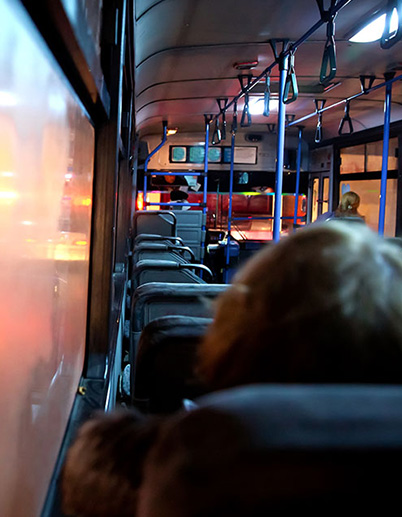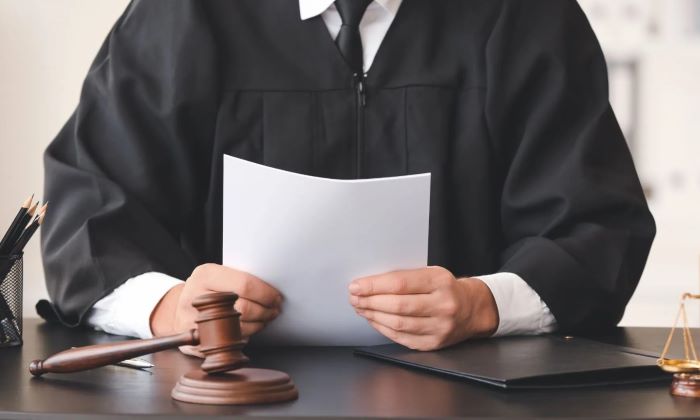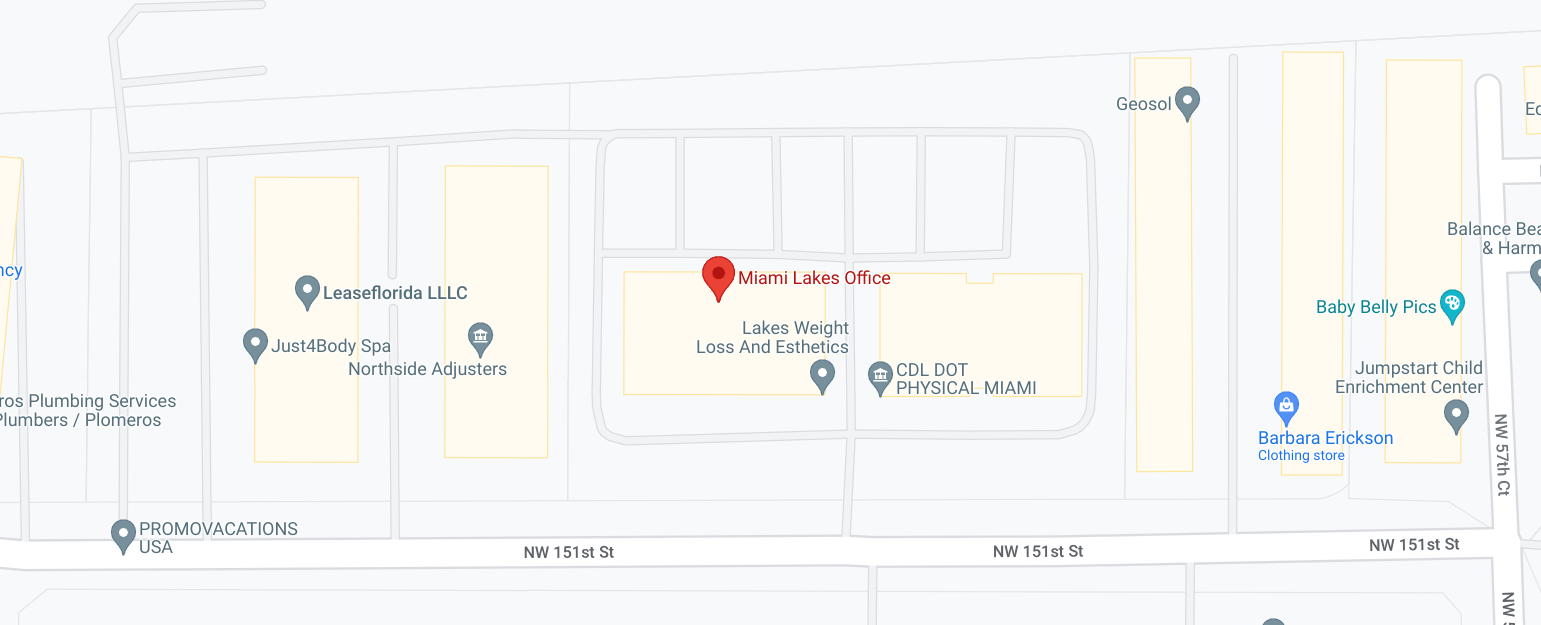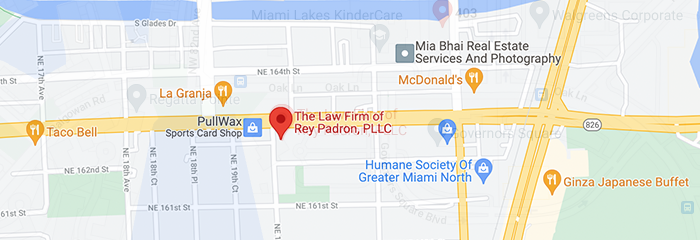Multi-vehicle collisions, or pile-ups, can be challenging to settle or file claims for. Since there are multiple vehicles involved, it is harder to identify which driver is at fault and who will be responsible for paying for the damages. It’s more complex than a traditional car accident, and requires a more thorough investigation. Suppose you, or someone you know, is involved in a multi-vehicle accident. In that case, it’s crucial to be prepared and know how to pursue insurance claims to get compensation commensurate with the damage or injury sustained.
Challenges in Filing Insurance Claims for Multi-Vehicle Accidents
Whether you’re involved in a multi-vehicle accident in Miami or elsewhere, there are universal challenges in filing insurance claims. Understanding these challenges can help you navigate the process and ensure adequate compensation.
Disputes Over Fault
The primary challenge in multi-vehicle accidents is in determining who’s at fault. It is a common hurdle in vehicle pileups since each driver has a different perspective of the accident and what caused the crash. The different perspectives could lead to disputes, especially since most drivers deny fault or blame.
If you have difficulty reaching a consensus, law enforcement will conduct an investigation. They will rely on various tools and information from eyewitness accounts, CCTV footage, dashboard camera footage, and other sources to determine what caused the accident and who’s at fault.
The investigation will take time, and it could take weeks to months, depending on the availability of evidence and eyewitness accounts. The extent of the accident and the number of vehicles involved can also add to the complexity of the investigation.

Complex Liability
Multiple parties involved in a vehicle pileup add to determining the complexity of the liability’. The accident can be due to various factors with each driver contributing to the accident to some degree. These factors make it difficult to pinpoint liability on one driver alone.
Investigators will use factors such as the sequence of events, the behavior of each driver, and external factors as possible contributors to the accident.
Extent of Damages
The damages resulting from multi-vehicle pileups can add to the complexity of filing insurance claims and settling these cases. The main priority on-site would be to assess the condition of the drivers (and passengers) of the vehicles involved. In case of injuries, immediate medical treatment and assessment are the priority, especially if there are severe injuries.
In addition to the injuries, the extent of damage to the vehicles and public property will also be assessed. Assessing the damage is vital in seeking compensation when filing an insurance claim.
Inconsistent Witness Accounts
Another factor that would pose a challenge in determining who pays for a multi-vehicle accident is the inconsistencies in the eyewitness statements. Some witnesses might have contradictory statements, which is why they are less reliable than CCTV or dashcam footage when investigating car accidents. While they can offer a different viewpoint on the accident, some witness accounts can make it more challenging if the statements do not corroborate.
Insurance Coverage Limits
The final factor that adds complexity to dealing with multi-vehicle accidents is the limitations and exclusions in the at-fault driver’s insurance coverage. When the total cost of damage exceeds the coverage limit of the insurance provider based on the driver’s policy, it can be challenging to allocate compensation to multiple claimants. Because of this, insurance claims for multi-vehicle accidents can take longer than if they involved only one claimant. It will prolong the financial strain on the victims, particularly those with severe injuries who require immediate and long-term medical care.
In this case, some claimants will pursue legal actions against the driver, to seek compensation if the insurance claim proved insufficient to cover the damages.
Multiple Insurers
Since all drivers in Florida are required to carry an insurance policy, it’s expected that you will be dealing with multiple insurance companies in a multi-vehicle accident. Bear in mind that each insurance company will do its best to minimize the amount of the insurance claim, and they will conduct their own investigation. You should understand that you don’t have to accept their conclusion of the accident and conduct your separate investigation.
An experienced lawyer can negotiate with these insurance companies on your behalf. Their expertise and experience in negotiating can be advantageous in ensuring that the claims work out in your favor.
Common Causes of Multi-Vehicle Accidents in Miami
Why do multi-vehicle accidents occur? Given the many challenges involved in settling a vehicle pileup, it’s best to understand the common causes of vehicle pileups to prevent them.
Reckless Driving
Reckless driving behavior is the most common cause of car accidents in vehicle pileups. Reckless behavior can include the following: intoxicated driving, speeding, or ignoring traffic signs.
Any of these behaviors can result in serious multi-vehicle accidents, posing a risk to other drivers. They also increase the likelihood that they could cause a chain-reaction crash, in which the vehicles they hit could hit other vehicles.

Sudden Lane Changes
Changing lanes without using the turn signal is another reason why drivers cause multi-vehicle accidents. Turn signals are necessary to communicate your move to other drivers. If you don’t use signals, it’s hard for other drivers to predict your next move, increasing the possibility of a collision.
Tailgating
Tailgating is considered a reckless driving behavior because it increases the risk of car accidents. You should provide adequate distance between you and the driver in front of you. Following them too closely reduces your reaction time, especially if they have to brake suddenly. It is the most common cause of rear-end collisions. If you are driving at higher speeds and you tailgate, it could easily lead to multi-vehicle accidents.
Adverse Weather
Rain, snow, or ice make roads more dangerous, so drivers must be more cautious when driving under these conditions. From slippery roads to reduced visibility, it’s common for vehicles to experience chain-reaction accidents in extreme weather conditions if they’re not careful.
These common causes add another layer of complexity in determining liability and filing insurance claims for multi-vehicle accidents. You need an experienced and knowledgeable car accident attorney to address these issues and ensure you get proper compensation, regardless of the cause of the accident.
Gathering Evidence to Support Your Claim in a Multi-Vehicle Accident
The evidence is an essential piece of the puzzle when filing insurance claims for vehicle pileups. The evidence paints a picture of the scene and why the accident occurred. Therefore, your attorney will advise you to collect as much evidence from the crash site as possible to support your case. You can also document injuries or damages to build your case when filing a claim.
Here is an overview of key pieces of evidence you need to support your multi-vehicle accident claim:
- Photos and Videos—Take pictures and videos of the car accident scene. These photos and videos should include the vehicle damage, visible injuries, and the crash site.
- Dashcam Footage – If your car is equipped with a dashboard camera, you can retrieve the footage recording from that camera as evidence. It will provide a clear account of the accident from the perspective of your car.
- Police Report – You can request a copy of the police report as evidence of the multi-vehicle accident. It will provide a comprehensive overview of the car accident that can be valuable in proving fault.
- Witness Statements – Collecting eyewitness statements can strengthen your case as they can offer a different and unbiased perspective of the accident.
Who Pays for a Multi-Vehicle Accident?
Multiple insurance companies can split the payment in a multi-car crash. It depends on the circumstances surrounding the multi-car accident and how the liability is determined based on the evidence.
For example, if car B rear-ends car A, it is liable for the collision. But if a third car is involved, car C, car B’s insurance provider can argue that it is also partly at fault. If car C maintains a safe following distance, it can react in time to the collision and not have to be involved in the crash. The same goes for any other vehicle involved in the pileup.
Again, it will be subject to investigation based on the evidence collected on-site and the police report. Each party is responsible for gathering the evidence to support their case and determining how much compensation would be appropriate for them based on the damage and injuries.
The problem when many drivers file a claim from the same insurance company is that the coverage limits apply. Therefore, not all claimants might get the full compensation they seek from the accident as per the total cost of damage. It’s worth noting that coverage limits apply on a per accident basis instead of per individual claim. For example, the at-fault driver’s coverage limit is worth $300,000, and each claimant pursues $200,000 in damages. Not everyone can receive the $200,000 compensation if there are three or more claimants. It is part of the challenge of dealing with multi-vehicle car accident insurance claims, which adds to the complexity of the incident.
Florida is a no-fault insurance state. All drivers must carry personal injury protection insurance to cover their medical expenses and damages in case of an accident, regardless of who is at fault. Your insurance company will cover the medical and other expenses in this case. However, this does not mean you cannot pursue an insurance claim from the driver or take legal actions against them, mainly if the accident resulted in a serious injury or damage.
If you meet certain thresholds based on the extent of your injury, you can step outside the no-fault system and pursue a liability claim from the at-fault driver’s insurance company. You may use any compensation from the insurance provider to cover the main expenses, such as your medical treatment and ongoing therapy. However, you can also pursue compensation for other damages, such as loss of wages, especially if your injury caused you to miss work.
Under Florida’s traffic laws, you have up to two years to sue another driver (or drivers) for personal injury or wrongful death because of a multi-vehicle accident. It is part of the statute of limitations, knowing that Florida is a no-fault state.
Understanding the ins and outs of the Florida no-fault system can be challenging, especially if you lack the knowledge and expertise in legal terms. Working with a car accident lawyer in Miami can help overcome the lack of knowledge to allow you to take the best course of action and any other legal measures in seeking justice.
Types of Claims in a Multi-Vehicle Accident
Filing a claim in a multi-vehicle accident can fall under one of three categories.
- Personal Injury Protection (PIP) Claims – Since Florida is a no-fault state, you can file for this with your insurance company covering the medical expenses and lost wages. It can also cover other passengers injured within the insured vehicle.
- Property Damage Claims—This covers the repair of the vehicle, but the claim process can be lengthy as it will depend on the investigation as to who is liable for the damage.
- Bodily Injury Claims – This claim refers to the payment for bodily injuries directly resulting from the multi-car accident, including fractures, permanent disability, and death. It can involve negotiating with multiple insurance companies, especially when it is determined multiple drivers are at fault.
Final Thoughts
The legal complexities of a multi-vehicle accident are overwhelming and stressful. Navigating this process on your own is stressful, and you can risk losing compensation if the case is not well-presented in your favor. Consulting an experienced attorney can be beneficial as they advocate for fair compensation and present the evidence to build a strong case.
Legal representation is vital in multi-vehicle accidents that require injuries or severe damages. They will advocate for your rights and help you make informed decisions following the accident.












